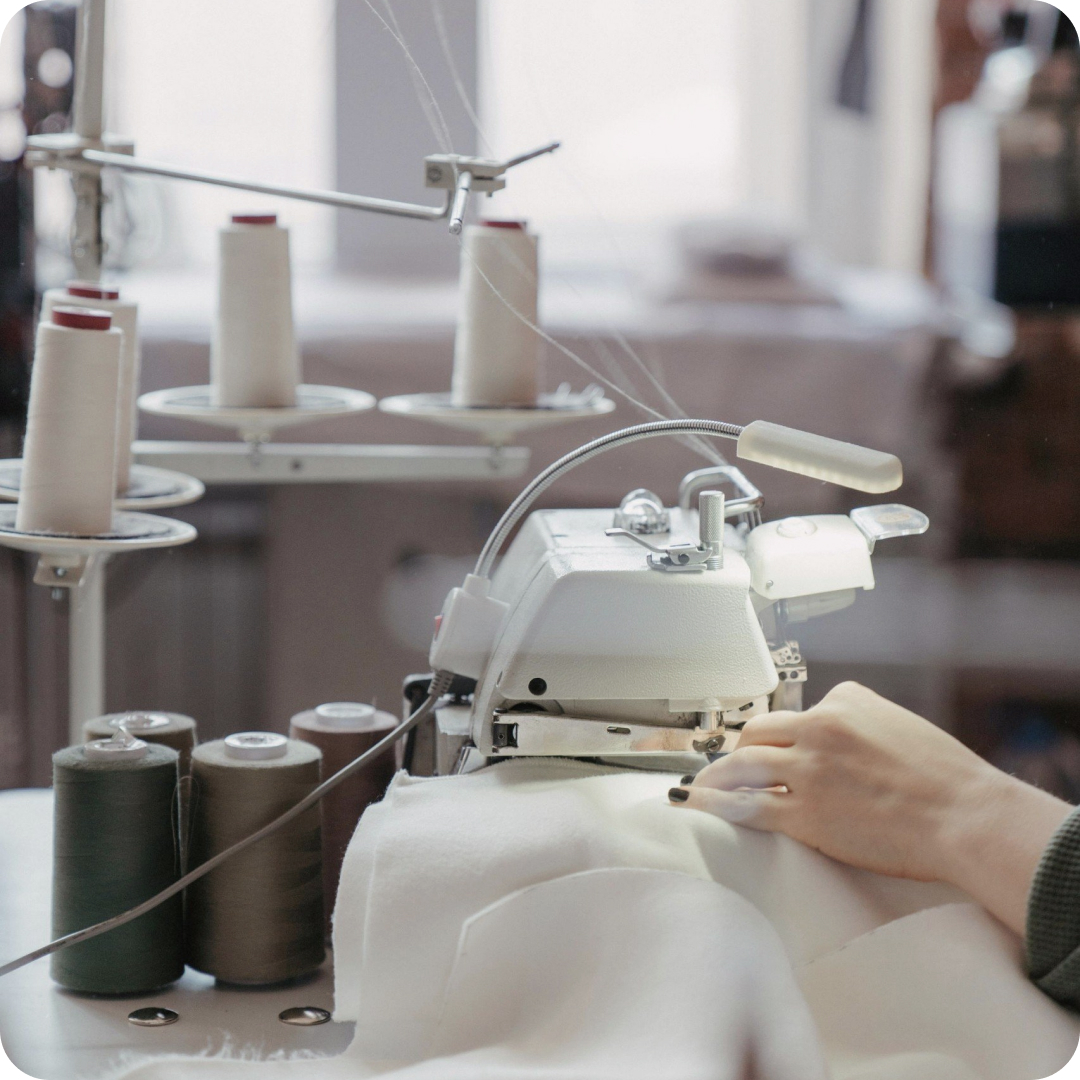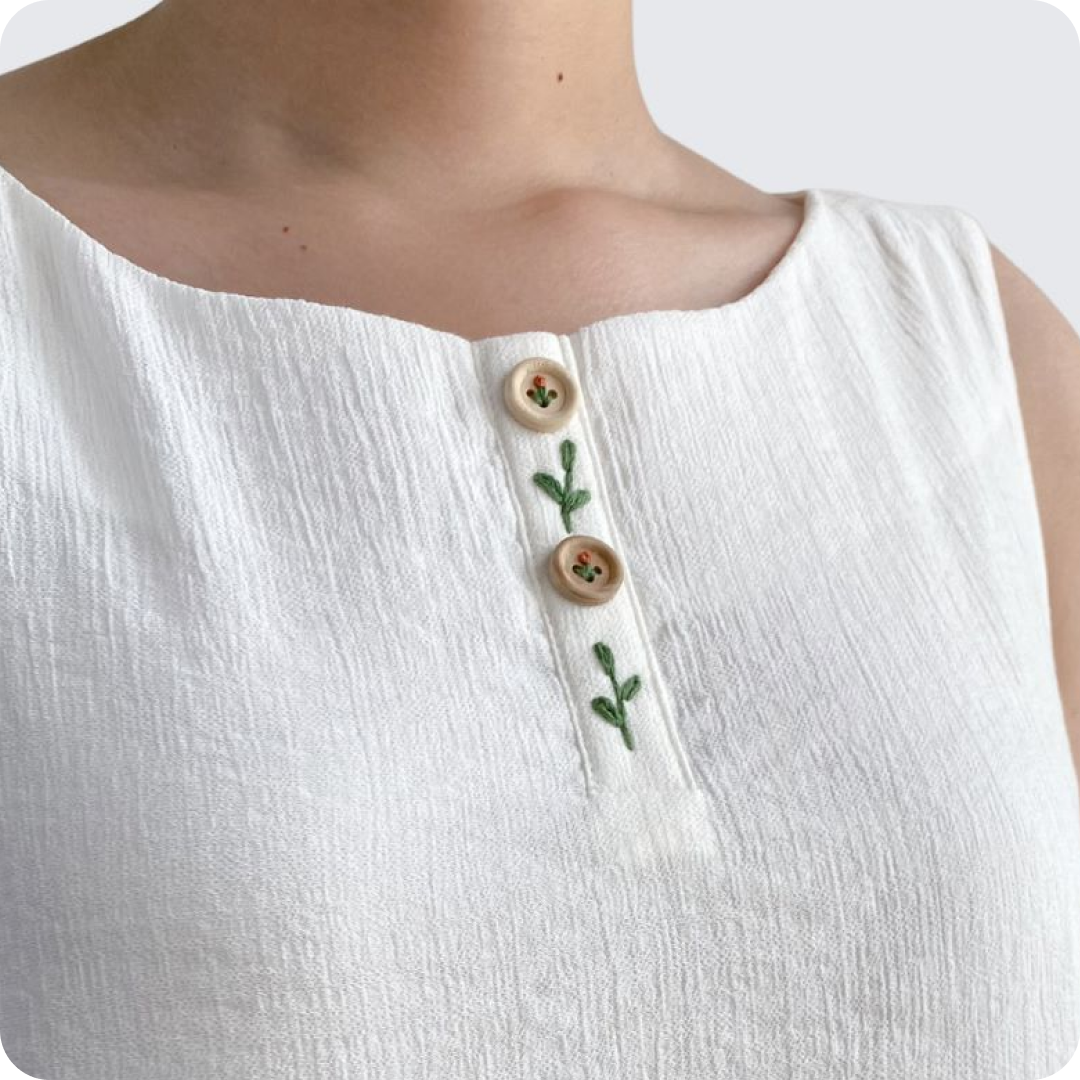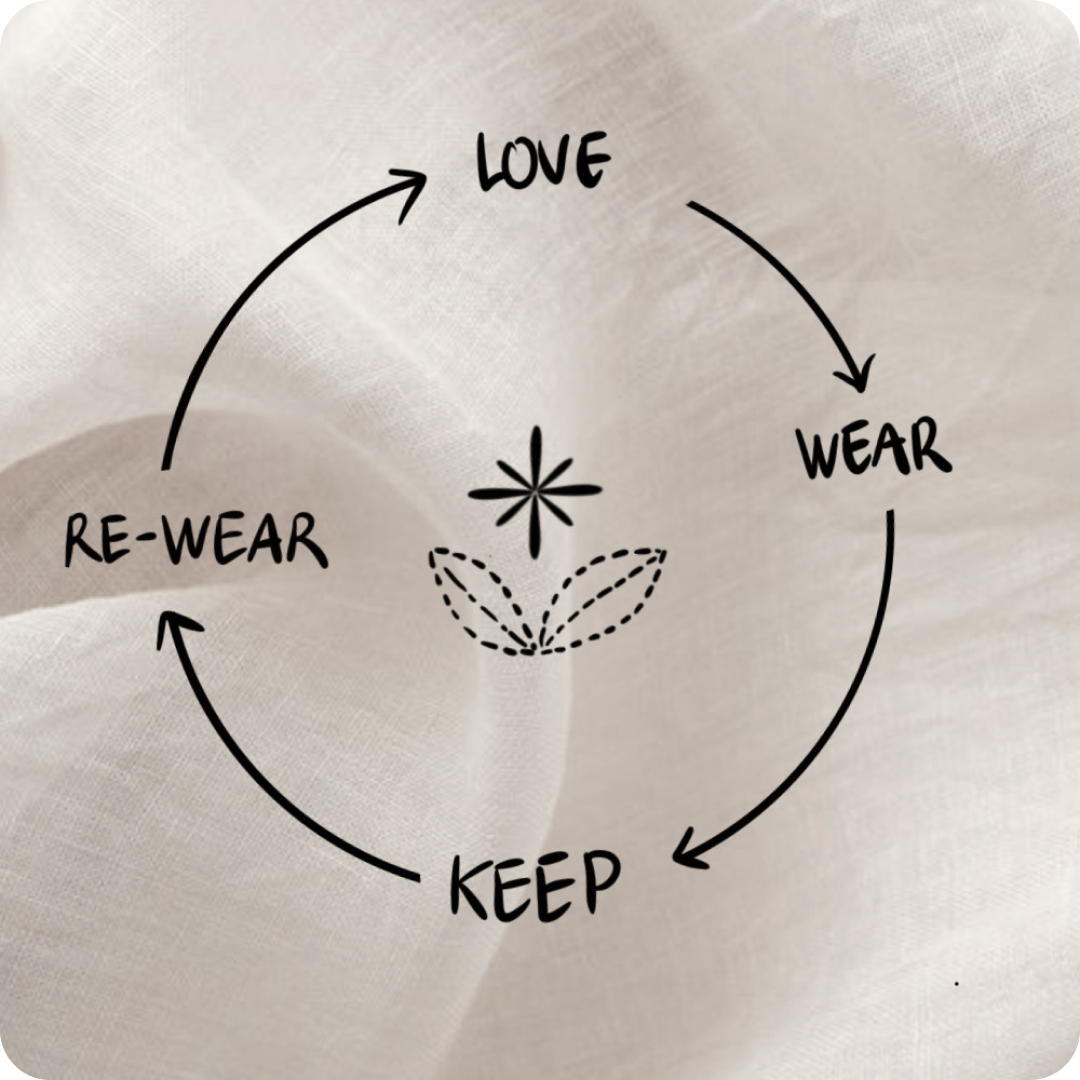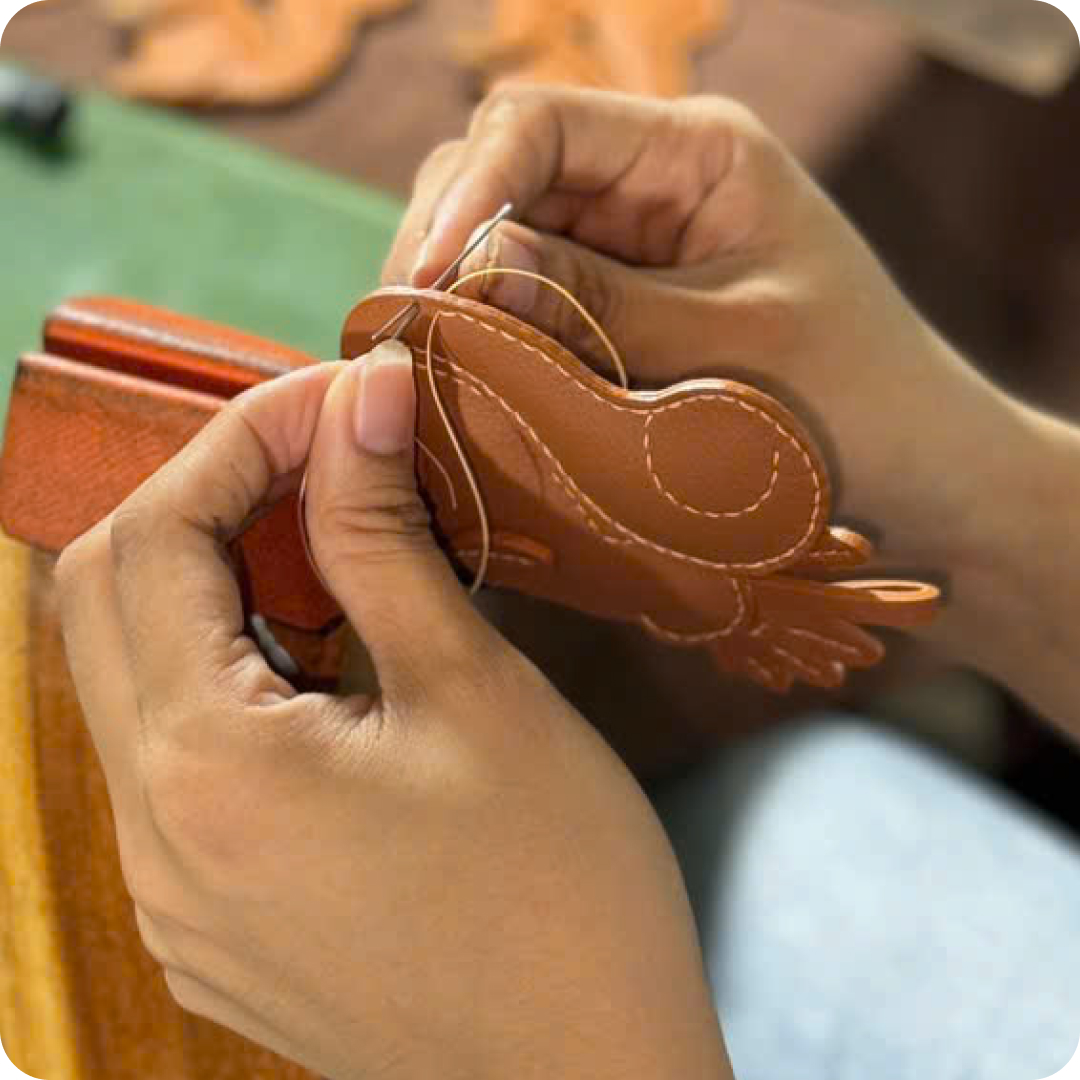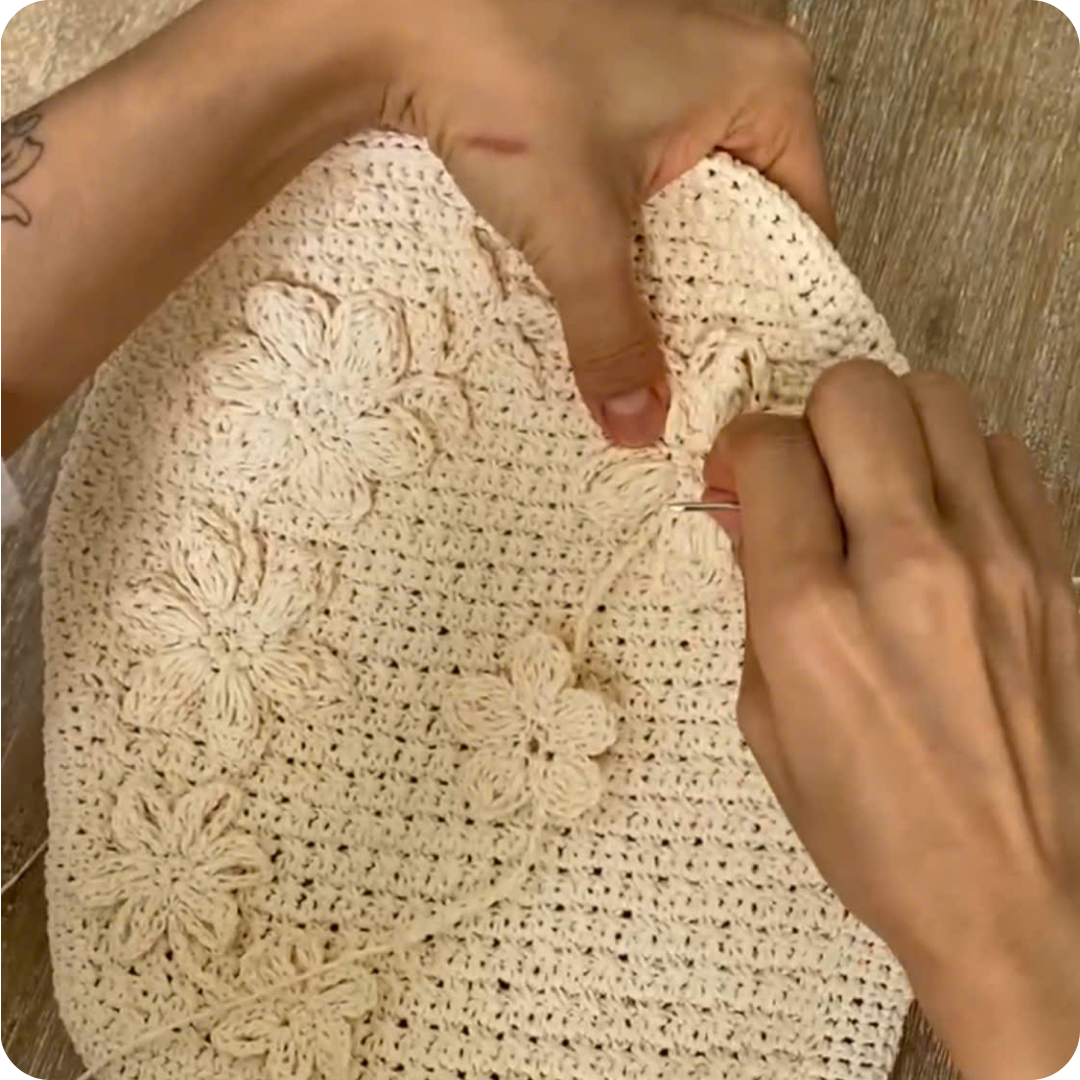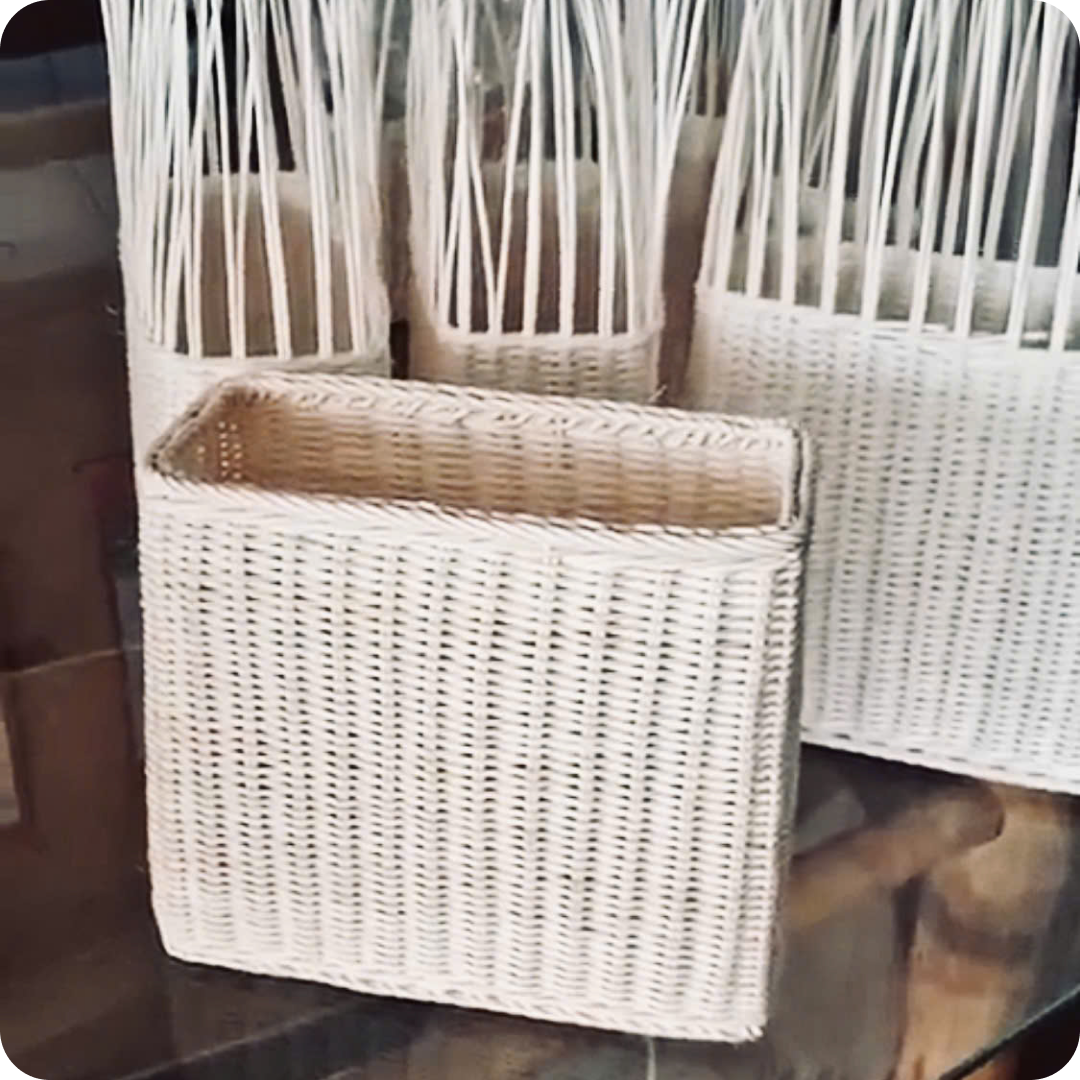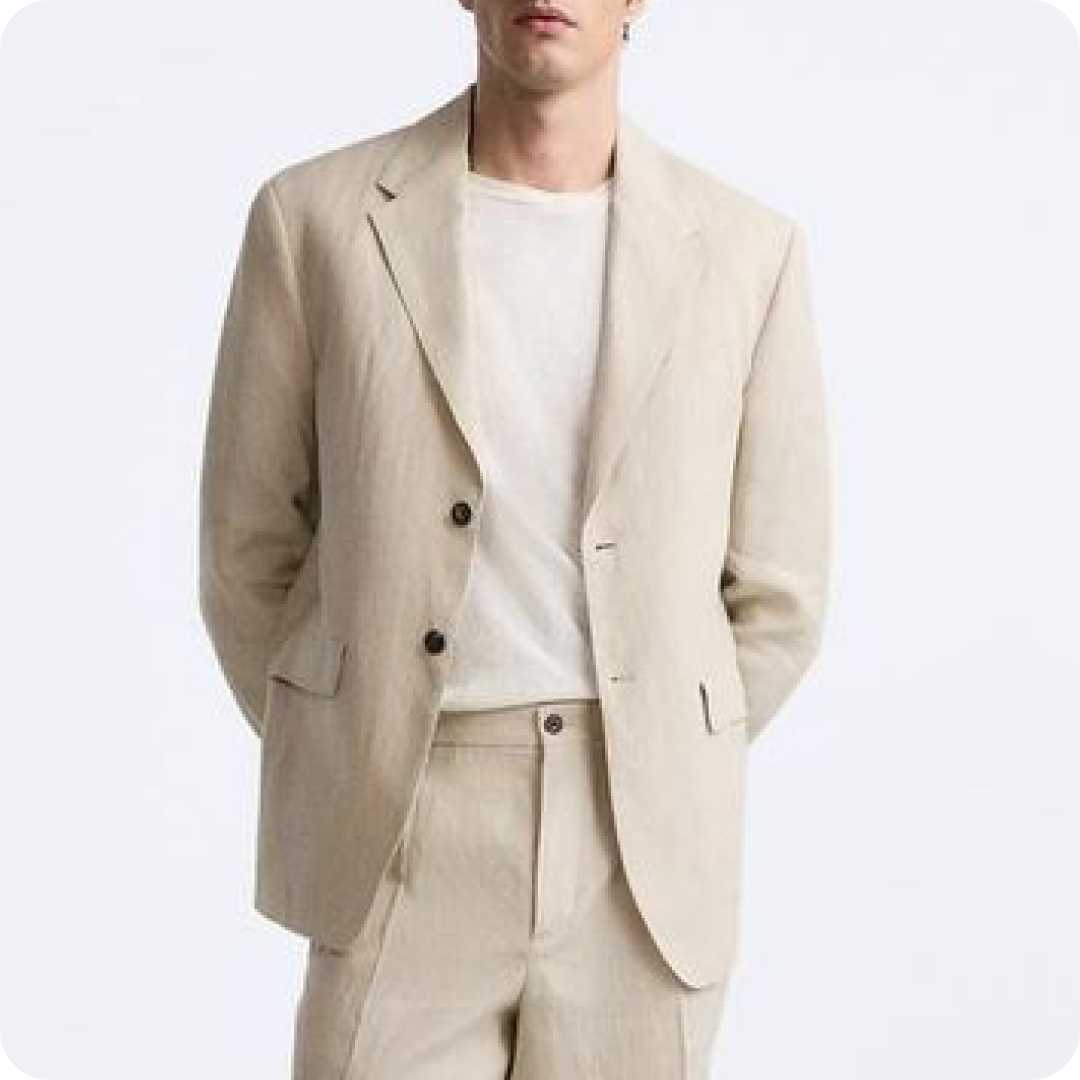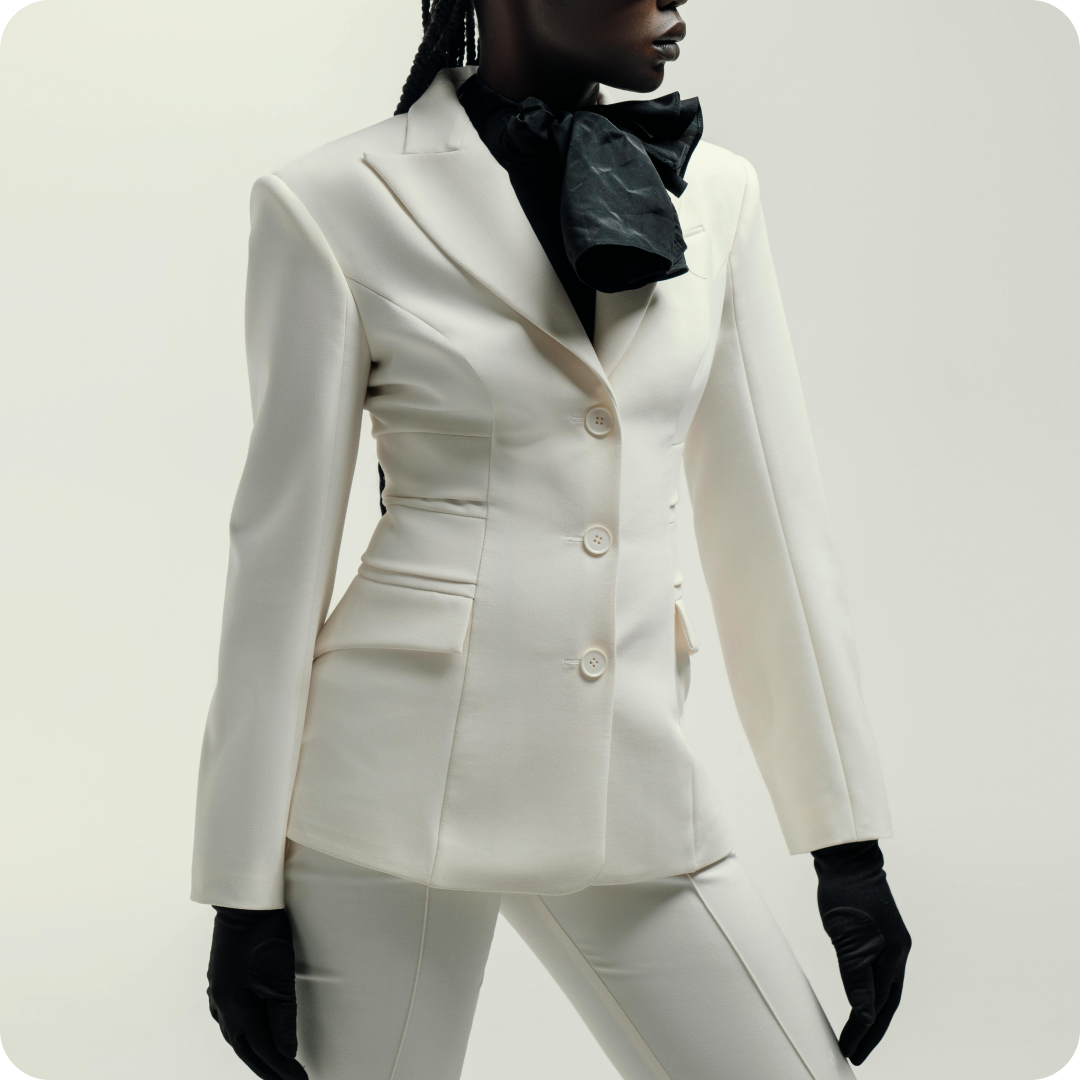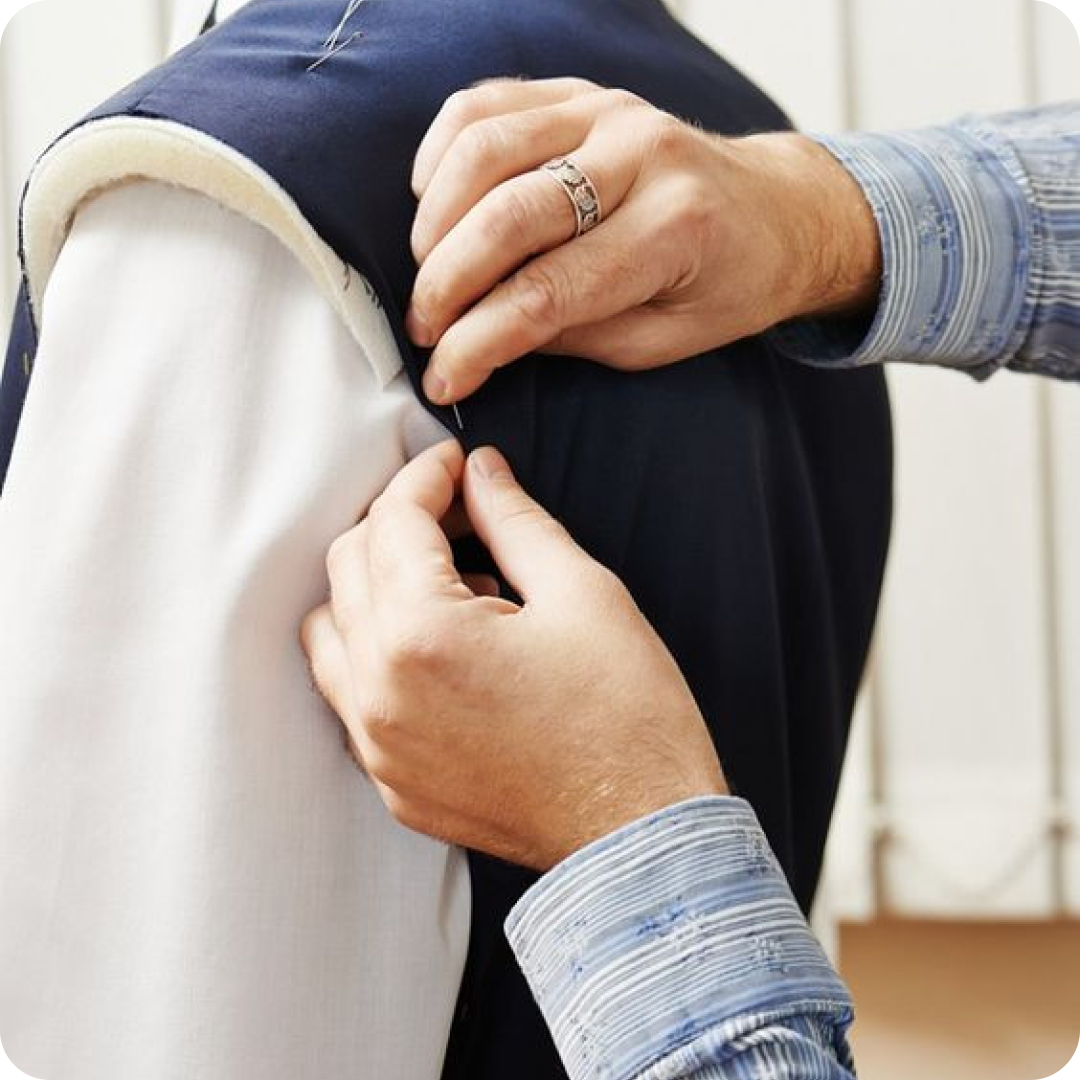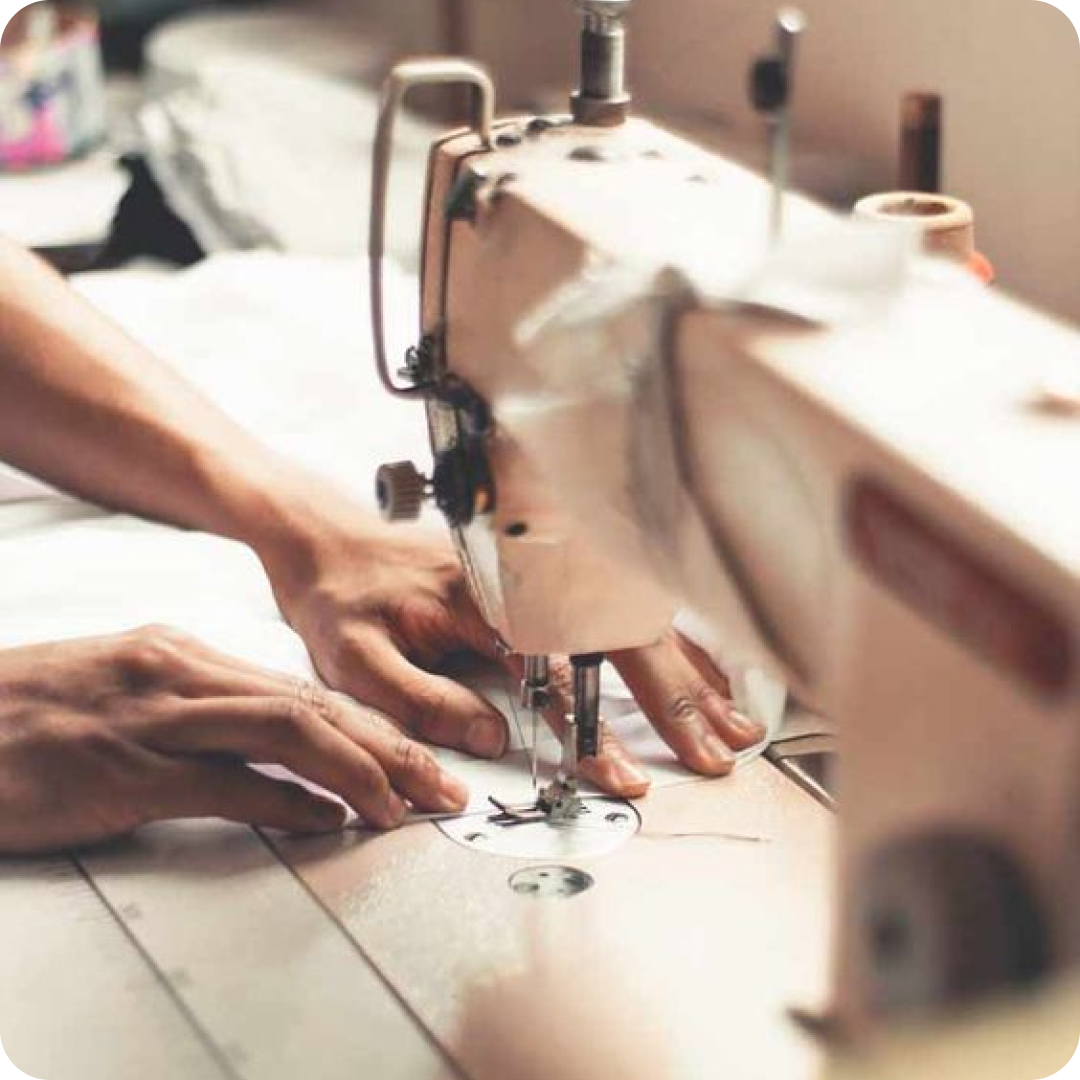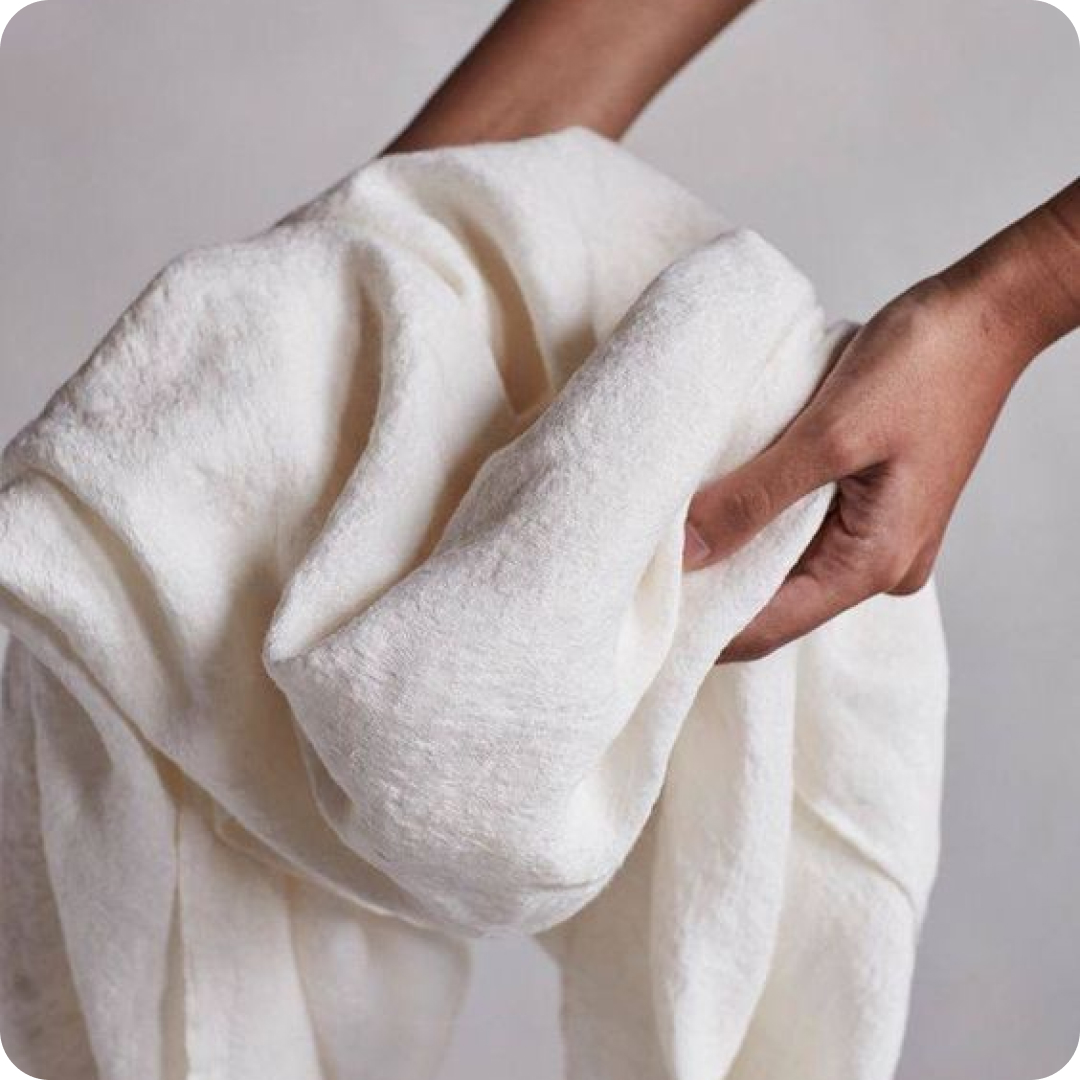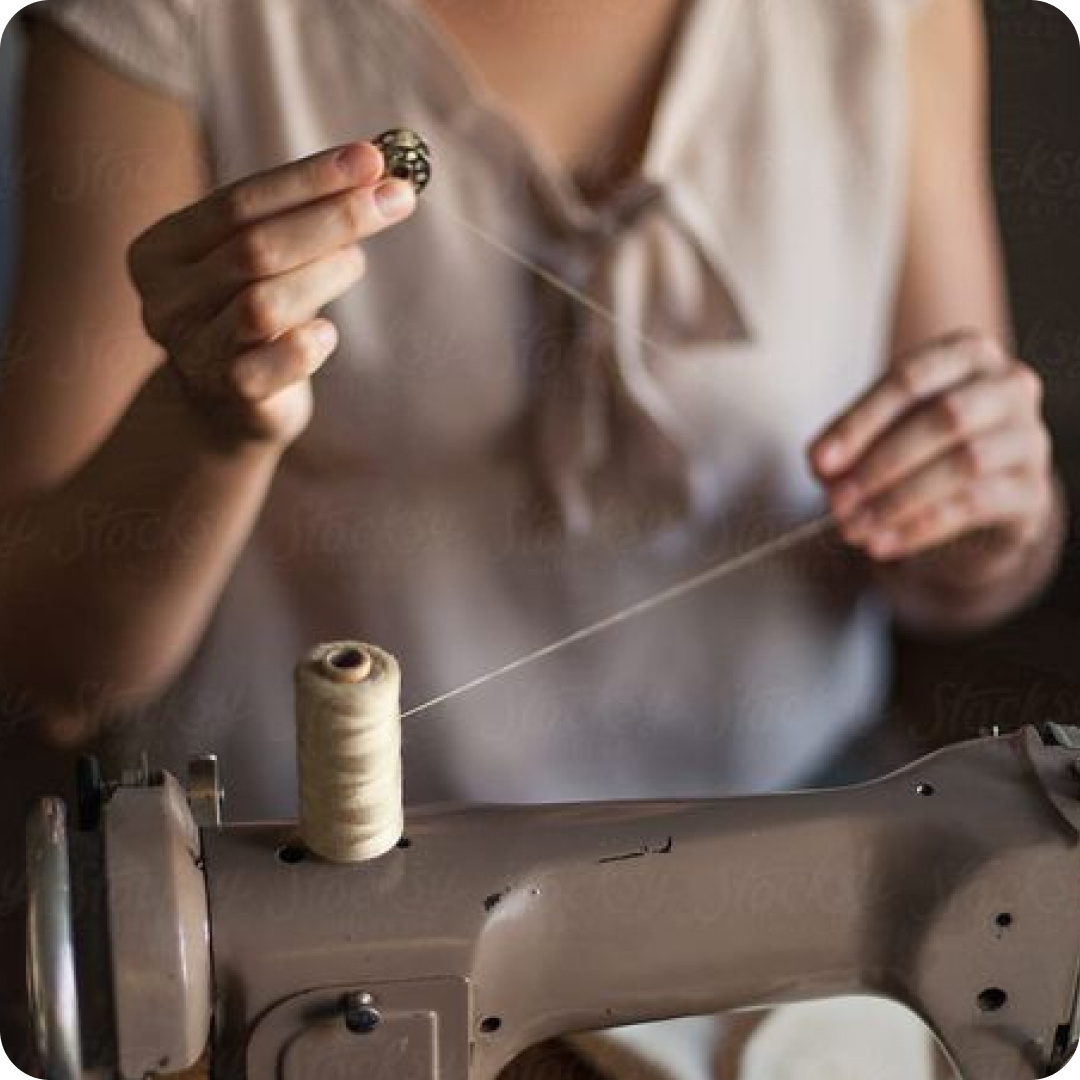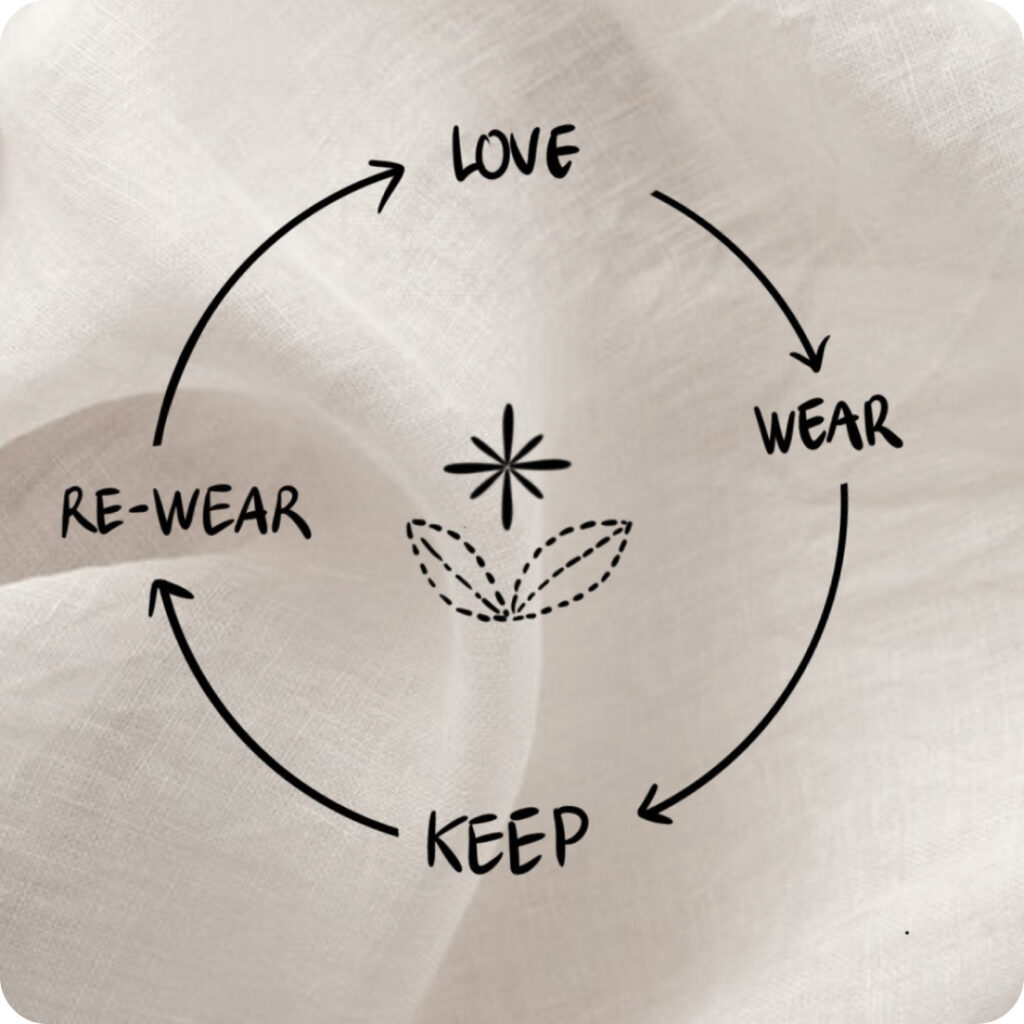3D Fashion: The Future of Sustainable Wardrobe
The fashion industry is on the cusp of a revolutionary change that is reshaping our understanding of style, practicality, and, most importantly, sustainability. The advent of 3D fashion is not just a fleeting trend but a transformative movement poised to redefine what we wear and how we think about our clothing choices.
Revolutionizing 3D Fashion with Sustainable Digital Clothing
Within the world of sustainable clothing, the name DressX has emerged as a champion, pioneering the shift away from traditional manufacturing processes that are often resource-intensive and environmentally detrimental. According to Ecocult, DressX has made an audacious claim substantiated by their practices: the production of digital fashion uses a staggering 97% less carbon compared to that of a physical garment. This statistic alone has turned heads and sparked debate among industry professionals and environmentalists alike regarding the potential for significant carbon footprint reduction in the sector.
The technology behind this sustainable transformation is intriguing. 3D printed and 3D woven clothing, as innovated by startups like Unspun, suggest an efficient future for fashion, which eliminates waste altogether. Through precision and customization, 3D printing in fashion allows for the creation of garments with no excess material left unused – every thread is part of the end product. This zero-waste methodology is not only eco-friendly but also highly cost-effective, which can deliver a broad range of incentives for future industry adoption.
A sustainable 3D fashion wardrobe promotes eco-conscious clothing choices. (Internet Source)
The Multifaceted Impact of 3D Design and Digital Manufacturing
In the broader context, the rise of 3D printable fashion may be seen as a new wave sweeping across the sustainable fashion landscape. As designers and inventors experiment with various materials and methods, the possibility of clothing that is fully sustainable from source to storefront is no longer a pipe dream.
Pick eco-friendly textiles for a more sustainable wardrobe. (Internet Source)
Moreover, 3D fashion design’s impact on the industry is profound and multifaceted. It’s revolutionizing the way we produce clothing, making the process more sustainable, efficient, and ripe for innovation. By transitioning to digital prototyping and sampling, designers can significantly cut down on material waste and reduce the need for physical resources. This seismic shift is not just environmentally sound; it’s reshaping the fashion marketplace, creating new opportunities for designers, artists, and tech professionals.
The aforementioned shifts have also touched upon the glamorous spheres of fashion events. Digital fashion weeks, as explored in research by AP Periyasamy, have shown a higher degree of environmental sustainability when compared to their conventional counterparts. Not only does this cut down on the physical materials used to produce a fashion line, but it also eliminates the carbon emissions associated with travel to these global events.
Behind the scenes, the benefits of 3D design extend into logistics and supply chains. Traditional processes typically involve multiple stages—from design conception to prototyping, to mass production, and finally to distribution—each with its unique environmental impact. 3D technology condenses these stages, allowing for designs to be sent digitally anywhere in the world and produced on demand, reducing both transportation emissions and the overproduction of clothing.
The conversation, however, needs to cover not just the ecological implications but also consumer behavior. The energy saved in production must be paralleled by sustainable consumption patterns. For 3D fashion to make a lasting difference, consumers will need to embrace this technological shift and adapt to purchasing and wearing clothes produced through these advanced methods. This will involve a cultural shift towards valuing digital craftsmanship and recognizing the environmental costs traditionally hidden in the price tags of high-street fashion.
In conclusion, the promises of 3D fashion as a beacon of sustainable clothing are not just promising; they are already beginning to manifest. As more creators and consumers become aware of its significant advantages, we may witness an industry transformation that heralds an era of fashion that is environmentally responsible, economically viable, and creatively limitless. The 3D printed designs and innovative practices in the world of fashion are indeed crafting a sustainable wardrobe fit for the future.

